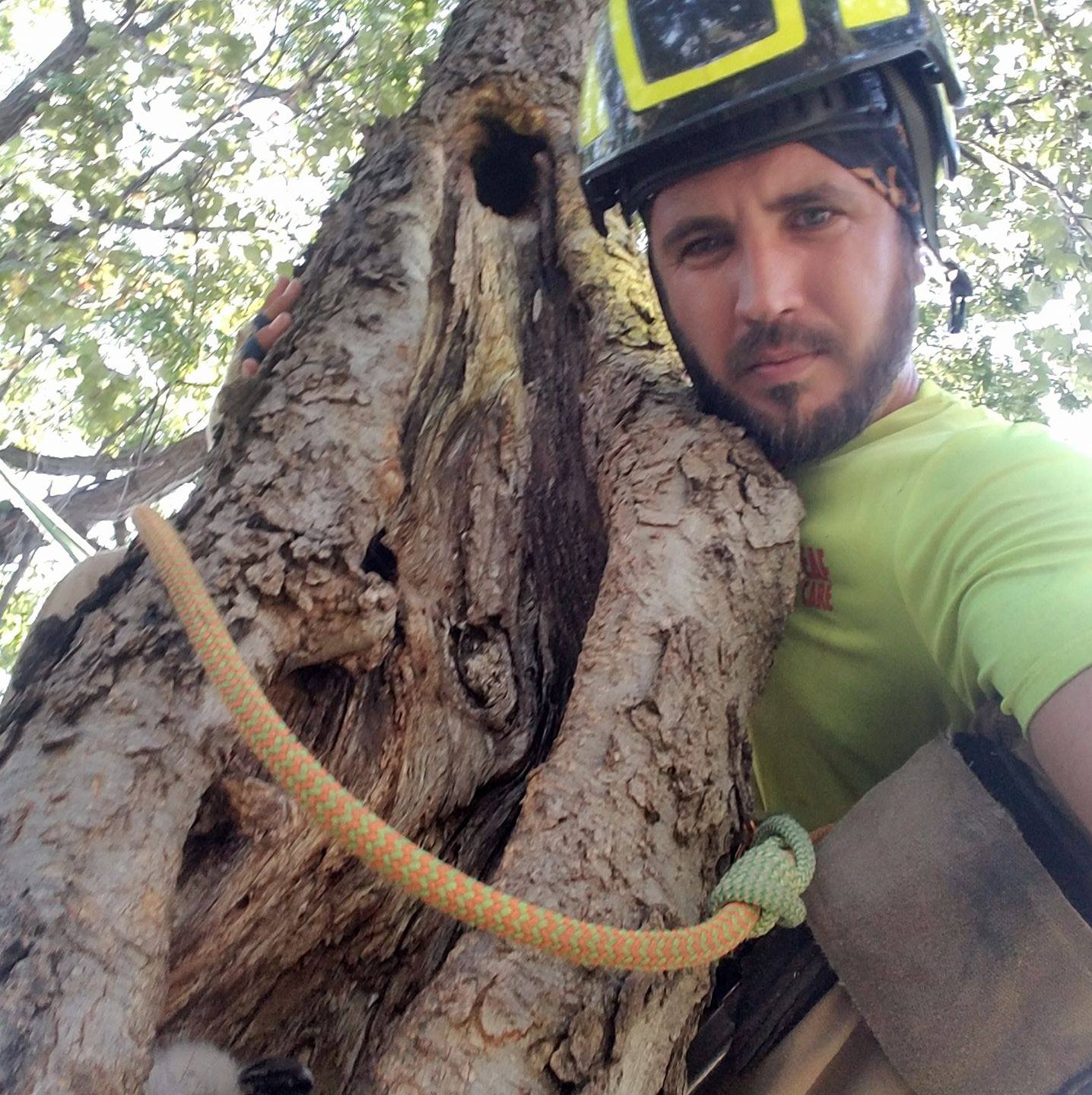We’ve written before about the value that a certified arborist can bring to your yard. What many people don’t realize, though, is that arborists work through the winter because the winter is an ideal season for tree care.
It’s a common misconception: People think that arborists are unwilling or unable to work in the winter months, or that it’s not a good use of their time since trees tend to be bare. That couldn’t be further from the truth.
If you’re concerned with the health, longevity, and beauty of your trees, winter is the best season to hire an arborist because it’s the safest season for tree work; insects are dormant; and arborists are free to give you and your trees extra-special attention.
In Winter, an Arborist Can Most-Effectively Trim Your Trees
If it’s been a while since you’ve had an arborist come to your yard, don’t feel like you have to wait until summer rolls around. Right now — the middle of winter — is a great time to trim your trees.
Here are three reasons why:
Winter is When Trees Heal
Starting in the fall, trees enter a dormant period. Dormancy in trees is a lot like hibernation for animals. Trees begin the process in the fall, when they lose leaves and halt growth to conserve energy.
By waiting until a tree is fully dormant, you can ensure that a tree’s energy is only geared toward healing its wounds. If you trim a tree in the spring or summer, then it will have many competing activities going on — growing, and producing flowers or fruit — and the healing process will take longer.
It’s also important not to trim too early. Trimming stimulates growth. If you wait until shortly before spring, you’ll maximize the amount a tree grows that season.
Lack of Leaves in Winter Means it’s Easier to See a Tree’s Shape
When working with trees with dense foliage, it can be difficult to determine the tree’s structure. Leaves may give you an incorrect impression about shape.
If you work in the winter, that won’t be an issue. You can correctly assess the structure of the tree and make informed decisions about where to remove limbs.
Tree Trimming in Winter Prevents Pests and Disease
Insects and disease do lasting, visible harm to even the healthiest trees — including killing them. The cuts made during tree trimming create a pathway for bacteria, fungi, and insects to enter below the bark of a tree, where they can do the most damage.
But like trees, disease and insects are not as active in the winter, so cuts will be less risky and trees will be more likely to make it through the trimming process without attracting unwanted attention from outsiders.
Avoid DIY — Hire an Arborist for Most Winter Tree Work
While you may be able to get a few things done without an arborist, in most situations, hiring an expert is your best bet.
Keep these factors in mind when deciding whether or not to contact a professional:
An Arborist Knows Which Plants to Let Grow in Winter
Lilac and other plants that flower early in the spring will see a reduction in bloom. Instead, they should be trimmed immediately after their blooms fade. If you’re worried about accidentally trimming one of these plants, contact a certified arborist.
An Arborist Knows Which Limbs to Leave in Place
Overtrimming is one of the most common problems we see when people choose to trim their own trees. Removing any more than 30% of a tree’s limbs is bad for its health and structure.
Hiring an Arborist is Safer
In the winter, branches are brittle and prone to breaking. Tree trimming and tree removal is more dangerous between November and March.
So while we do recommend working on your trees in these months, we think it’s best to ask an arborist to tackle any projects that involve removing more than a branch or two.
Arbor Leaf Tree Care offers free estimates, so if you’re in the Fort Worth Area and thinking of getting some winter work done on your yard, there’s no reason not to reach out.

